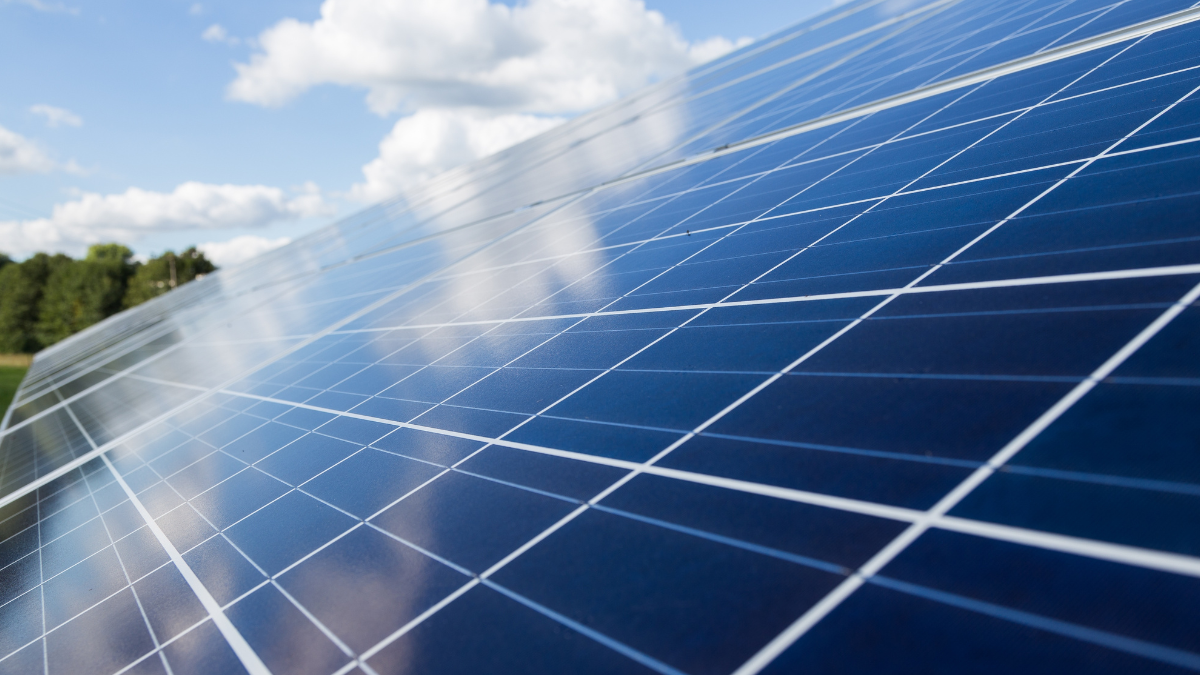According to sources, the very low tariff NEPRA approved has prevented investors from expressing interest in the Muzaffargarh solar power plant during the bidding process.

In order to reevaluate the approved tariff of 3.4 cents for the 600 MW Muzaffargarh solar power plant, the National Electric Power Regulatory Authority (NEPRA) will host a stakeholder meeting today (Monday).
According to sources, the very low tariff NEPRA approved has prevented investors from expressing interest in the Muzaffargarh solar power plant during the bidding process.
In addition, sources claim that NEPRA miscalculated the approved 3.42 cents tariff for the aforementioned project, which is reportedly higher than the $330 million EPC cost of the solar power plant that the investors believe to be around $430 million. NEPRA was reluctant to disclose this information.
It is important to remember that the Alternative Energy Development Board released the Request for Proposals (RFP) for the 600 MW Muzaffargarh solar power plant in the middle of February.
In order to draw investors for this project, the former prime minister and AEDB officials also organised a roadshow and a conference in Dubai in March of this year, according to the sources.
A solar power plant is a structure that captures solar energy and transforms it into electricity. Direct current (DC) electricity is produced using solar panels or photovoltaic (PV) modules that collect sunlight. Inverters are then used to convert this direct current (DC) electricity into alternating current (AC) electricity, which can be used to power buildings, commercial establishments, or the grid.
The size of solar power plants can vary, from tiny rooftop installations to massive utility-scale projects that cover large areas. To maximise energy production, they need plenty of sunlight and are typically situated in areas with high solar radiation.
Since solar energy doesn’t emit any greenhouse gases or other pollutants while in operation, it is a renewable and environmentally friendly energy source. Solar power plants contribute to the shift towards cleaner energy sources, reducing reliance on fossil fuels and mitigating climate change.